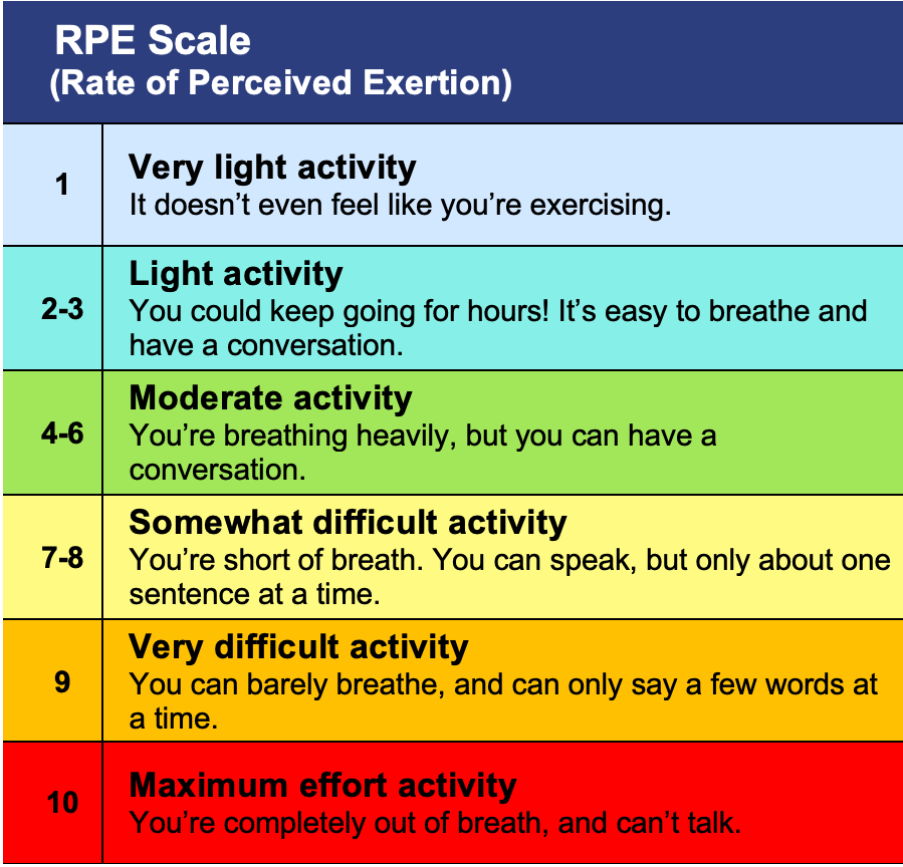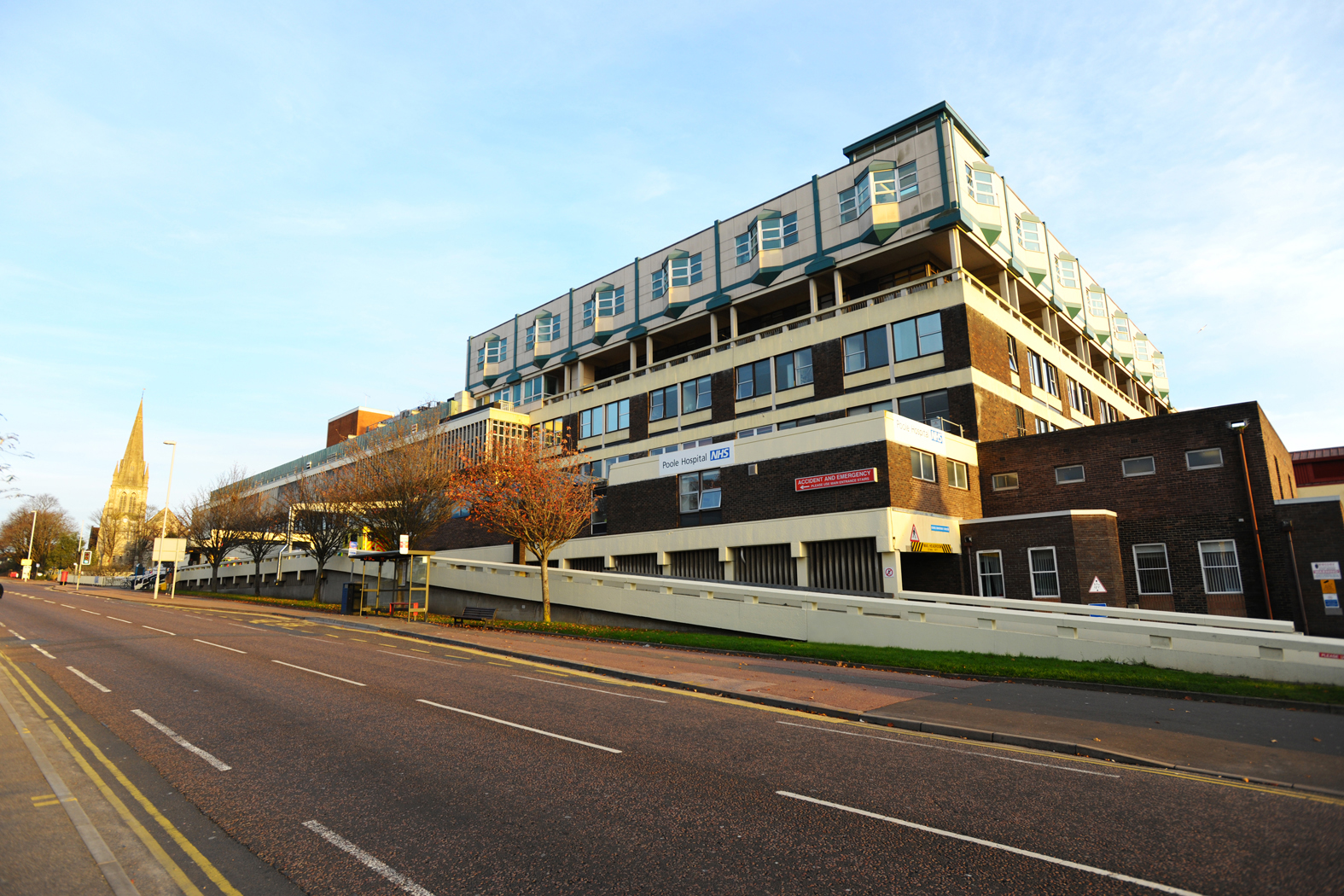Exercise and Recovery
As a result of critical illness your muscles can become very weak. Your body takes what it needs to survive from its stores in your muscles, meaning they may be smaller and weaker. It takes time to get your strength back.
Returning to normal life can seem very far away. Everyday activities such as getting out of bed, getting dressed, walking, and climbing stairs may be challenging. This section has been developed to try and aid your recovery after intensive care treatment.
Whilst you are on the ward and then at home it is important that you try and do as much as you can yourself. Staff members, carers and family will often try and help you by doing things for you. As part of your recovery, it is IMPORTANT you do as much as you can yourself safely as part of your recovery and rehabilitation such as: making yourself a drink and sitting in a chair.
Some of the benefits of exercises are:
- To maintain muscle strength.
- To maintain bone density.
- To maintain joint range of movement.
- To help improve cardiovascular fitness.
- To aid return to function and daily life.
- To maintain and improve exercise tolerance.
- To aid the recovery of the respiratory system.
- To provide positive psychological benefits.
- Help reduce stress
Tips for exercise:
Start with a low number of repetitions for each exercise (5 is often a good level). As an exercise becomes easier, gradually increase the number you do. This will build up your strength and fitness.
When you do exercises at home try it out and rate them using the Borg RPE exertion scale (see table below)
When performing an exercise, you want to be working between 4-6.
If when you first try an exercise, you score your exertion above 7, then this exercise is too difficult for you and you should either:
- Do fewer repetitions
- Do it for a shorter time
- Choose an easier exercise to replace it.
If on the other hand when you first do an exercise you score below 4, then this is too easy for you and you need to either:
- Increase the number of repetitions
- Increase the time you do it for
- Choose a harder exercise
- Add some weight i.e., hold a small bottle of water.
When you have completed your exercises do not forget to record them in your exercise diary and record your Borg RPE score.
Borg RPE score.

Try to do the exercises at least once a day. This can be increased to 2 – 3 times a day if you feel able or as advised by your ward therapist.
Stop exercising and rest if you experience any:
- Severe chest pain
- Increase in chest tightness
- Dizziness or feeling faint
- Severe breathlessness
Consult a doctor if these symptoms persist.









